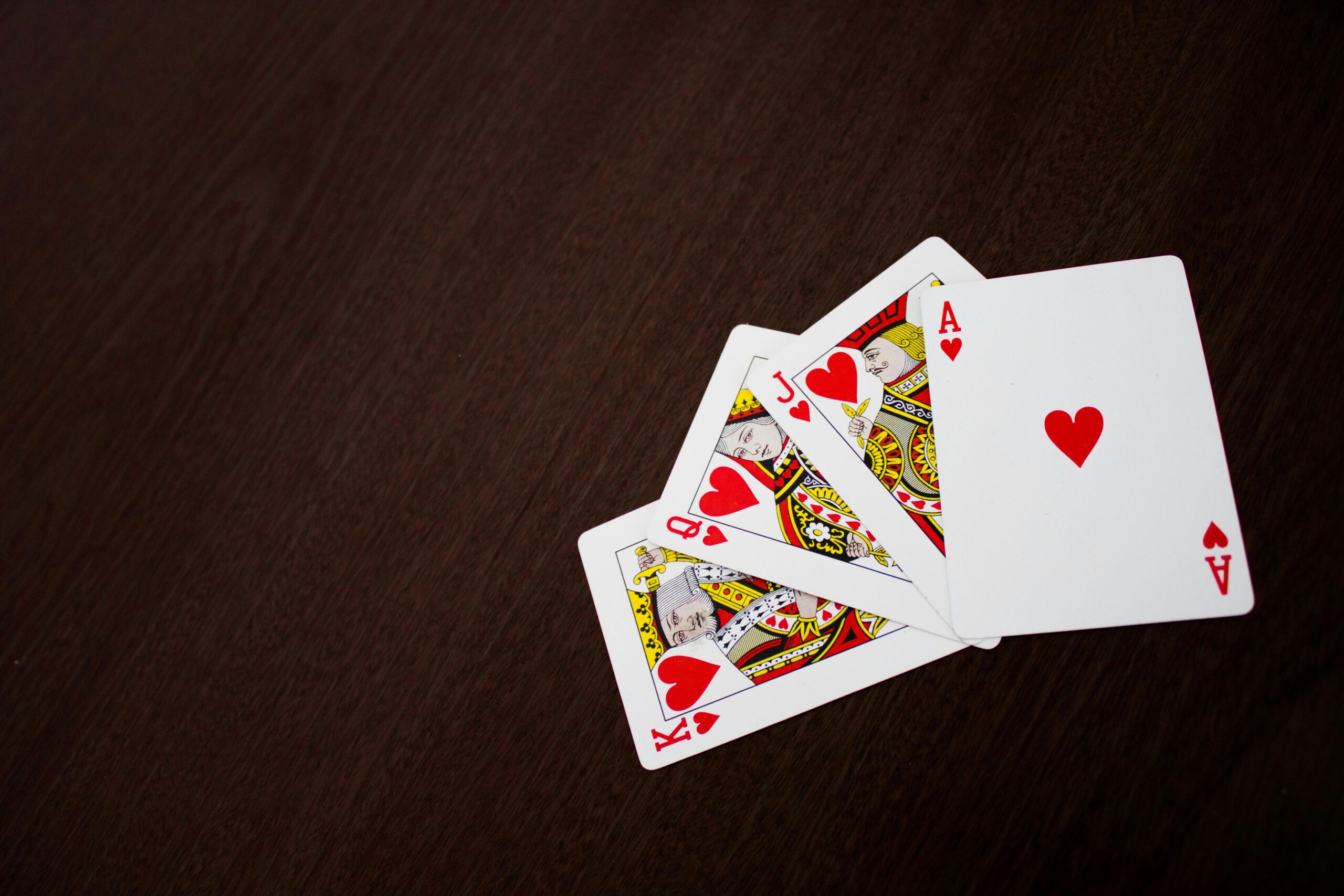Card games have long been celebrated for their blend of luck, skill, and strategy. While the shuffle of the deck introduces an element of chance, it’s the strategic decisions made during play that often lead players to victory. Mastering the art of strategy in card games can transform an average player into a formidable opponent. In this article, we’ll explore key strategic concepts that apply across a variety of card games, helping you enhance your gameplay and enjoy a competitive edge.
Understand the Game’s Structure
The foundation of any card game strategy is a deep understanding of the game’s rules and structure. Before you can begin to formulate a strategy, you need to know the objectives of the game, how turns are structured, and what actions are available to players. Whether you’re playing a trick-taking game like Bridge or a shedding game like Uno, understanding the framework of the game is crucial.
Analyze Your Opponents
A significant part of strategic play involves analyzing your opponents. Pay attention to their playing styles, betting patterns, and any tendencies they exhibit. Are they aggressive or conservative? Do they bluff often? Adapting your strategy in response to your opponents’ actions can give you a strategic advantage.
Manage Your Hand Effectively
Effective hand management is key to success in card games. This involves knowing when to play certain cards and when to hold onto them. In trick-taking games, for example, you might want to hold back high-value cards until the right moment. In collecting games like Rummy, strategically deciding which cards to discard can influence your opponents’ plays.
Develop Flexibility
No card game strategy should be so rigid that it can’t be adapted on the fly. The best players are those who can quickly adjust their strategies based on the current state of play. This might mean changing your approach when you’re dealt a poor hand or when an opponent makes an unexpected move.
Bluffing and Misdirection
In many card games, especially those involving betting, bluffing can be a powerful strategy. The ability to convincingly portray a stronger or weaker hand than you actually have can force opponents into making mistakes. Similarly, misdirection strategies can be used to lead your opponents astray, making them think you’re pursuing a different strategy than you actually are.
Practice Makes Perfect
Like any skill, strategic prowess in card games comes with practice. The more you play, the better you’ll become at recognizing patterns, anticipating opponents’ moves, and making quick, strategic decisions. Consider each game an opportunity to experiment with different strategies and learn from both victories and defeats.
Conclusion
While the cards you’re dealt play a role in determining your success, it’s how you play them that truly counts. By focusing on the strategic elements of gameplay, you can significantly improve your chances of winning. Remember, strategy in card games is not just about a single tactic but a holistic approach that includes understanding the game, analyzing opponents, managing your hand, and being adaptable. Armed with these strategies, you’re well on your way to becoming a master card player, capable of turning even the most challenging situations to your advantage.

